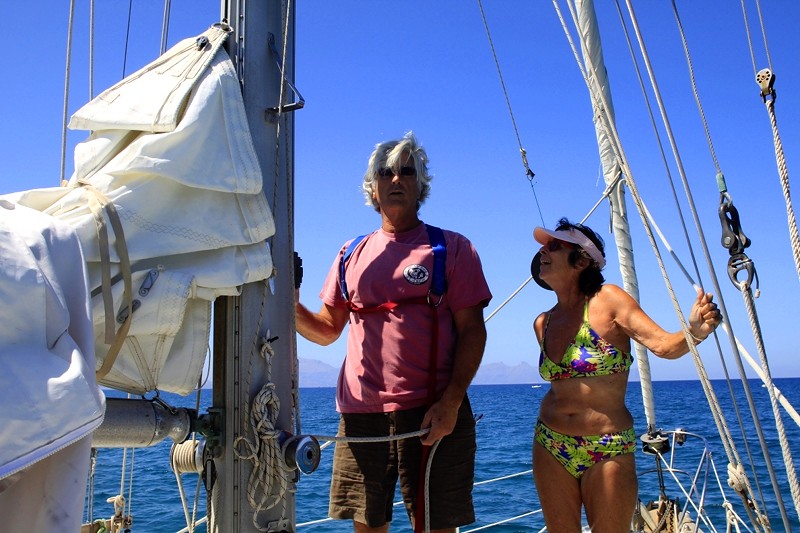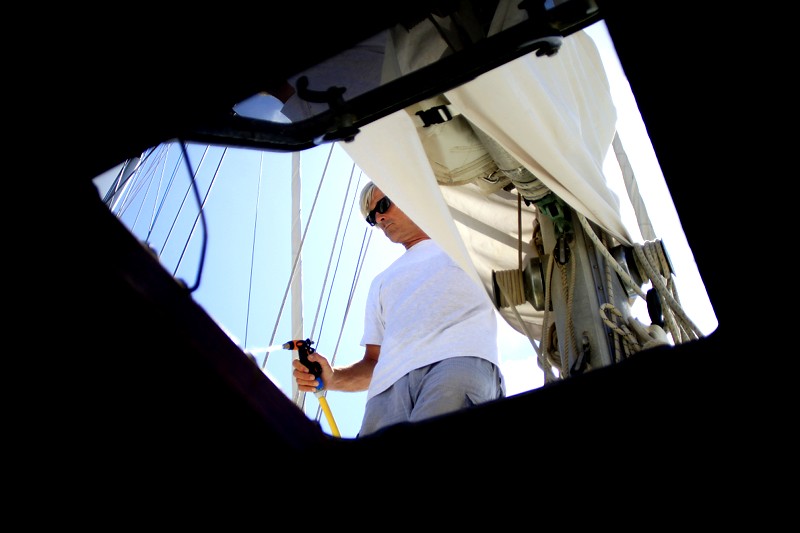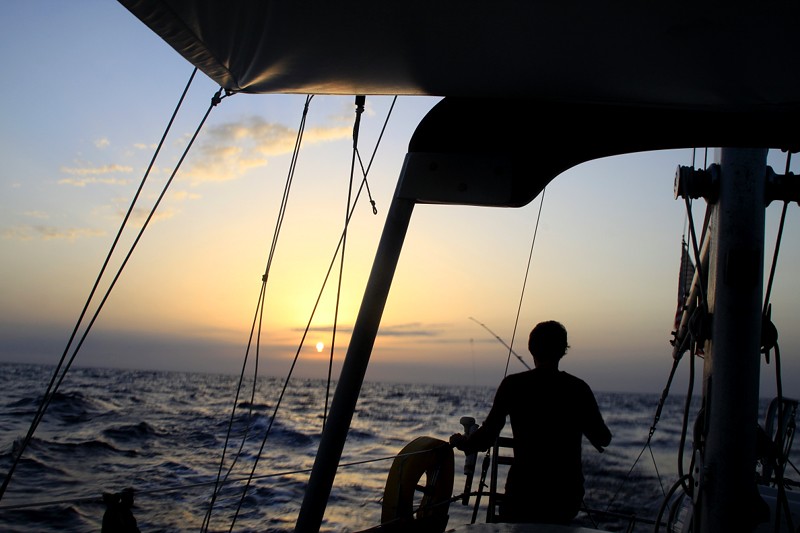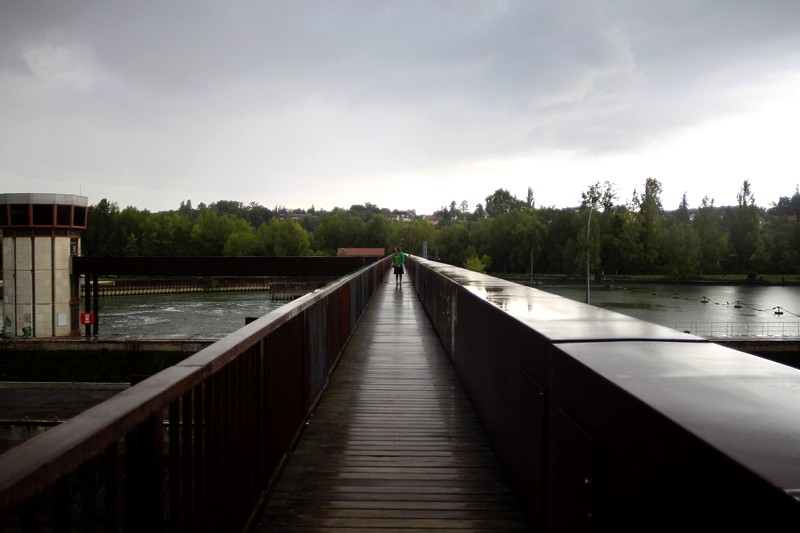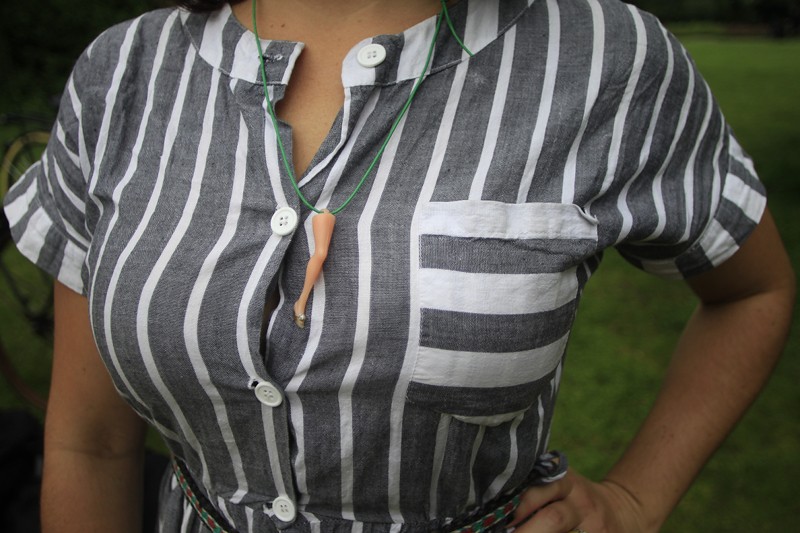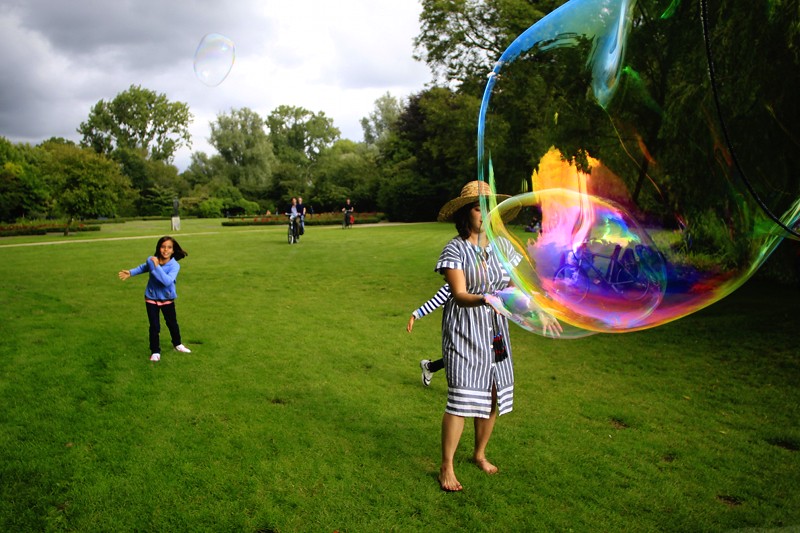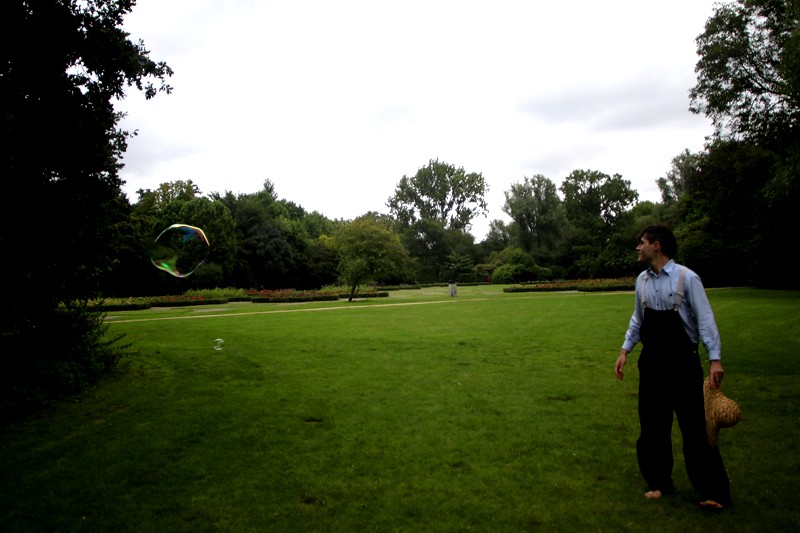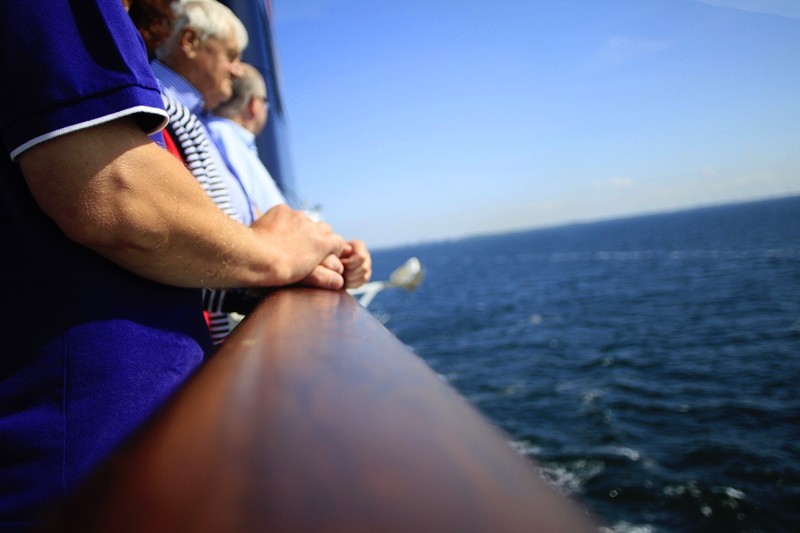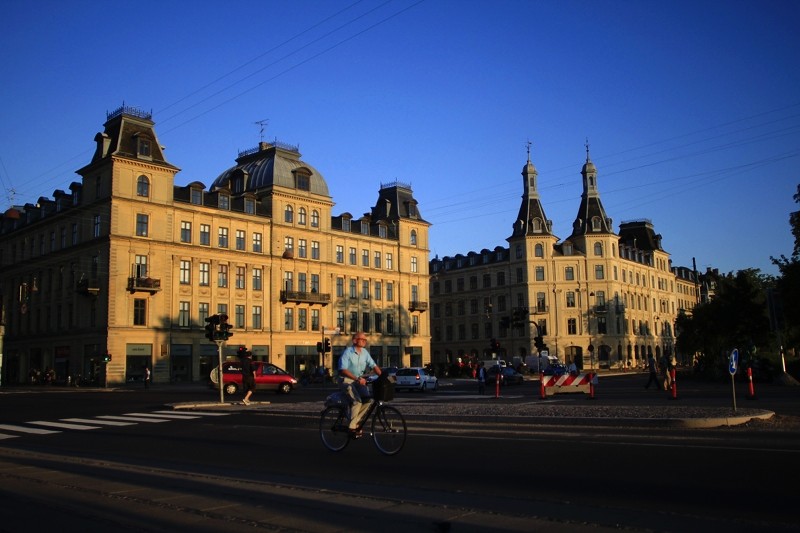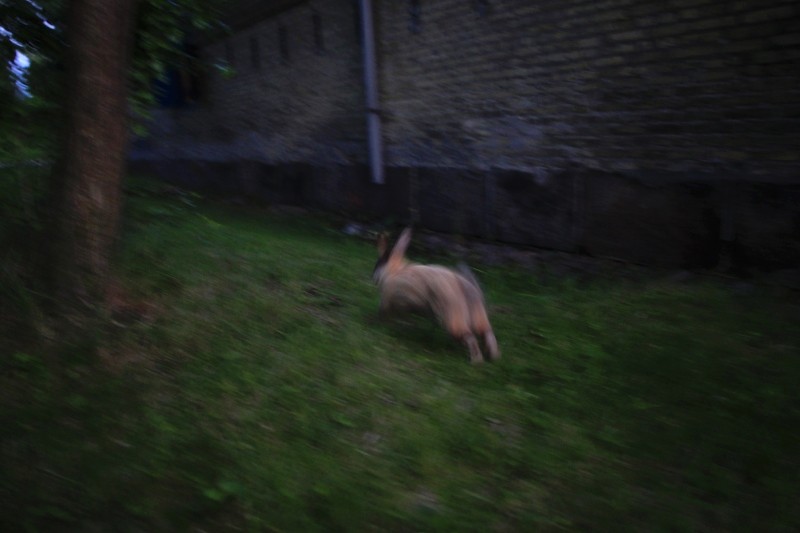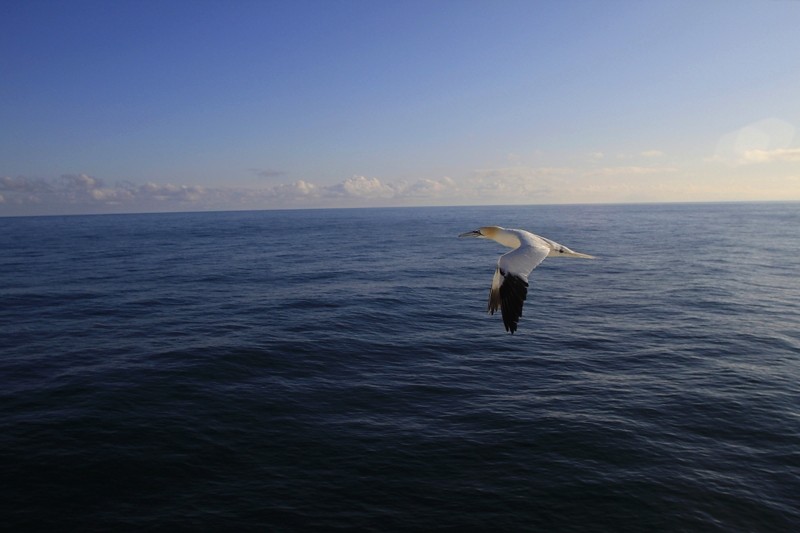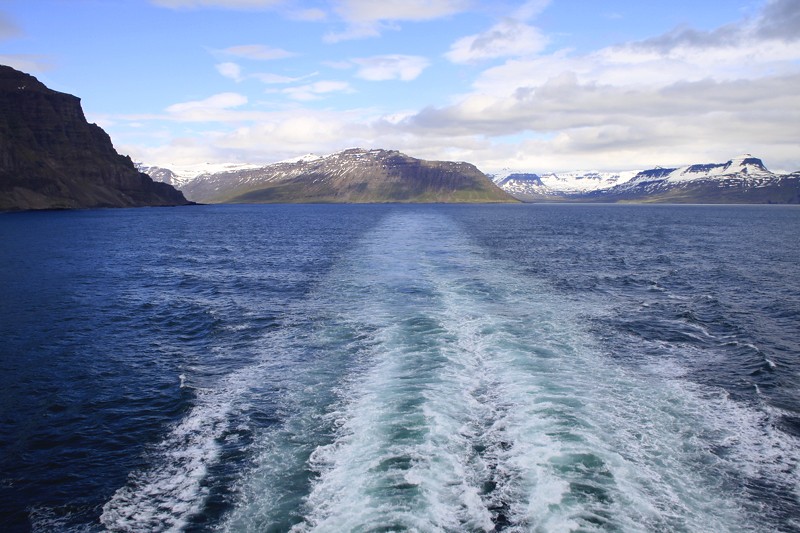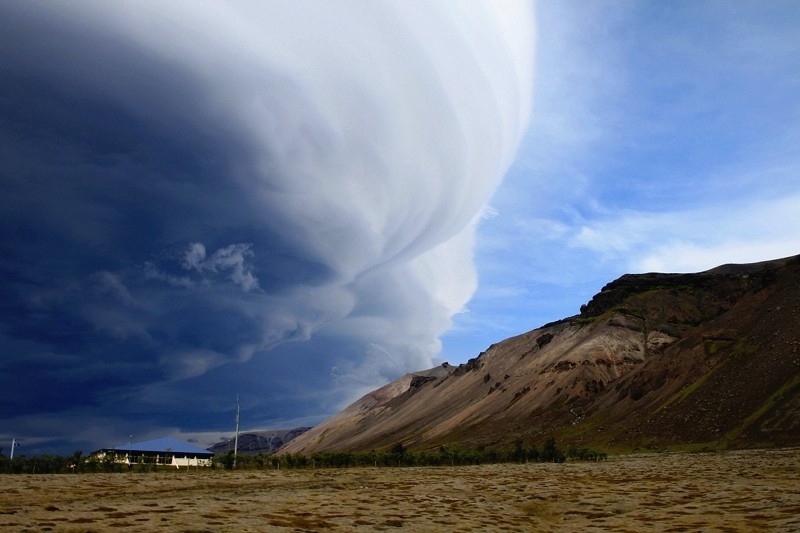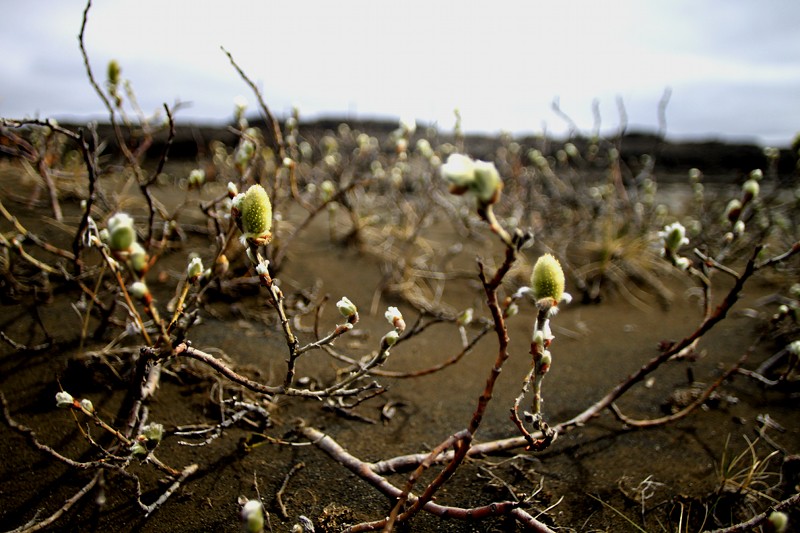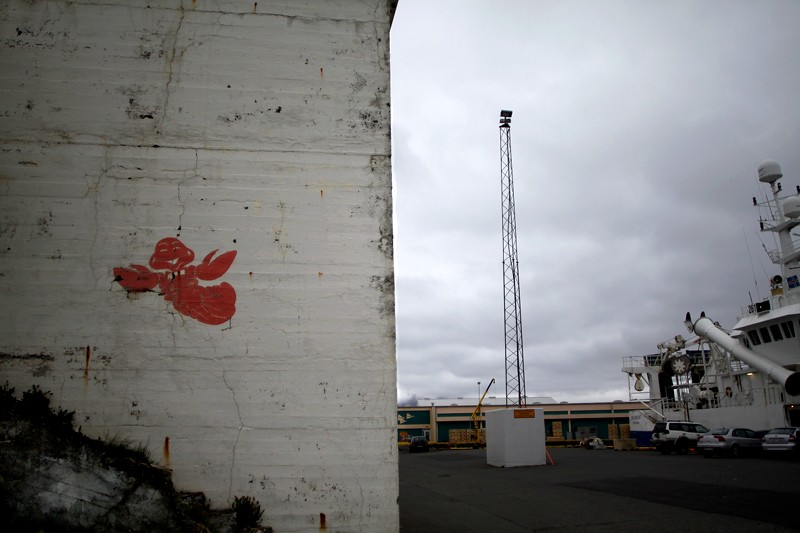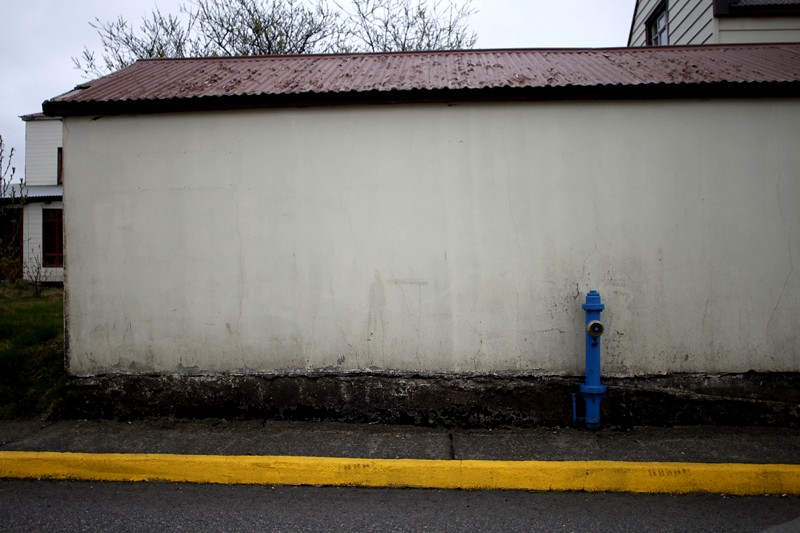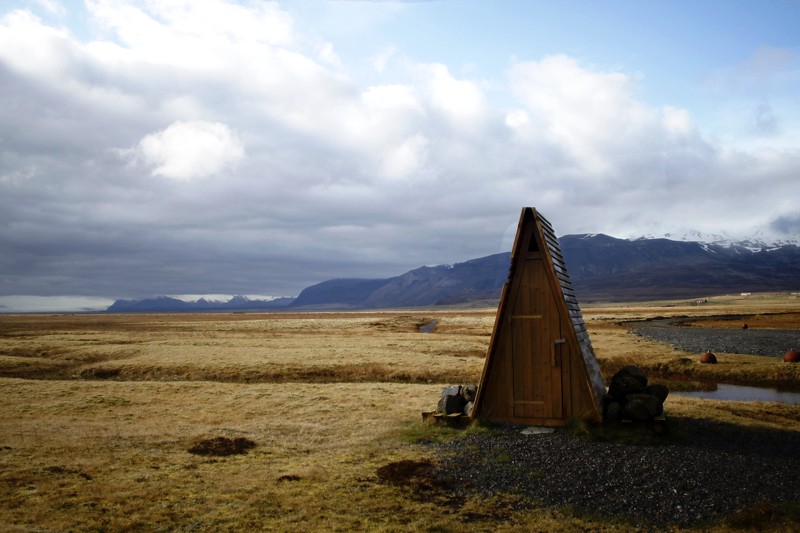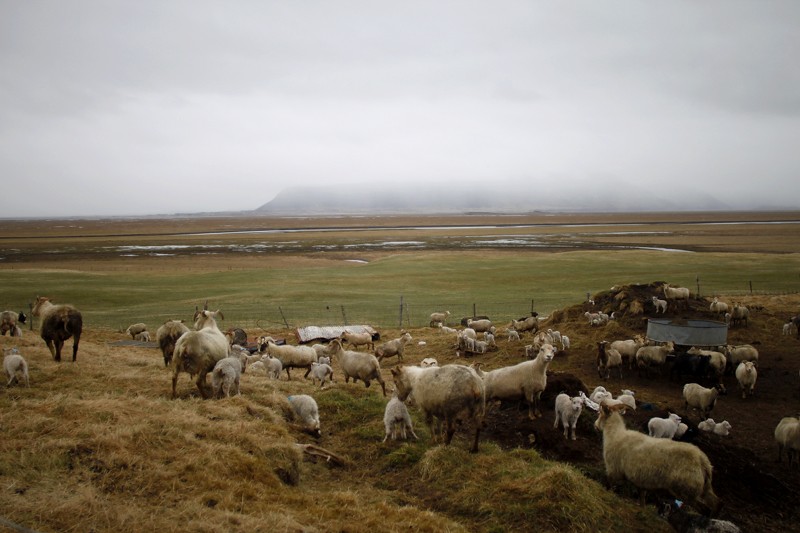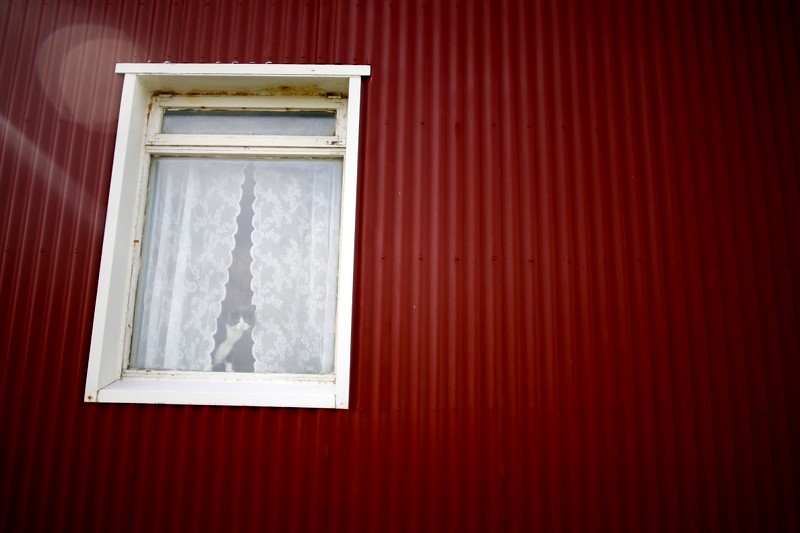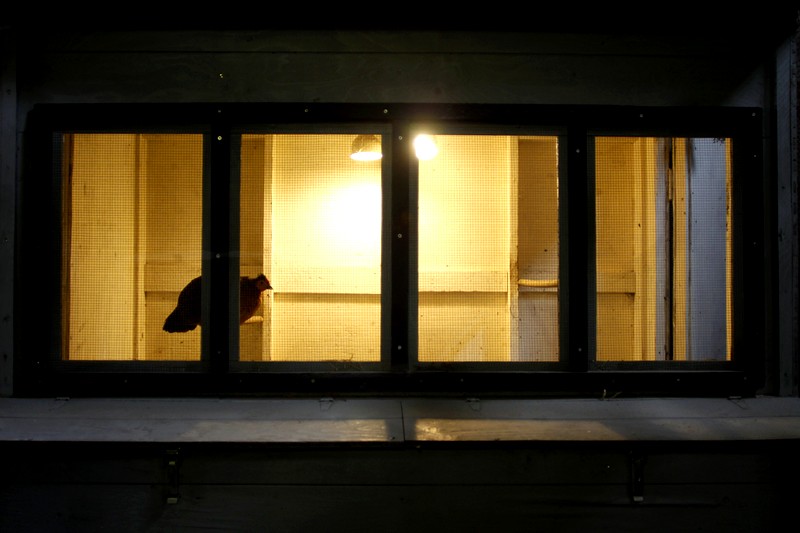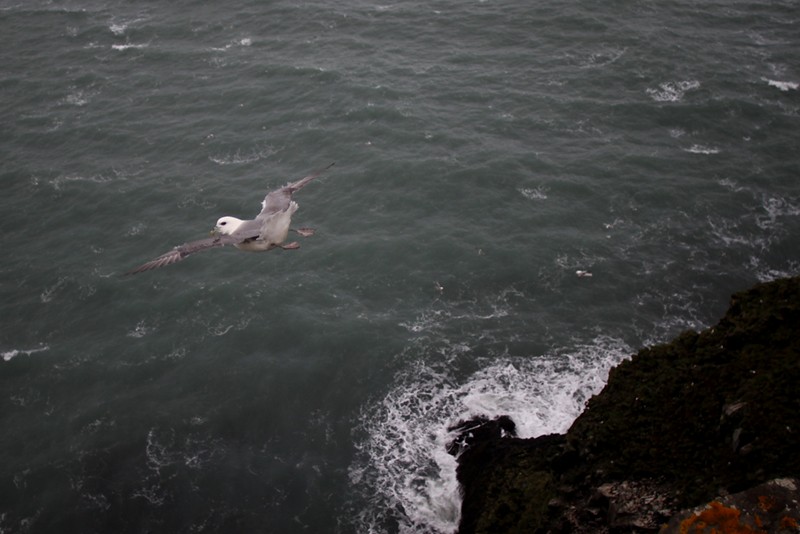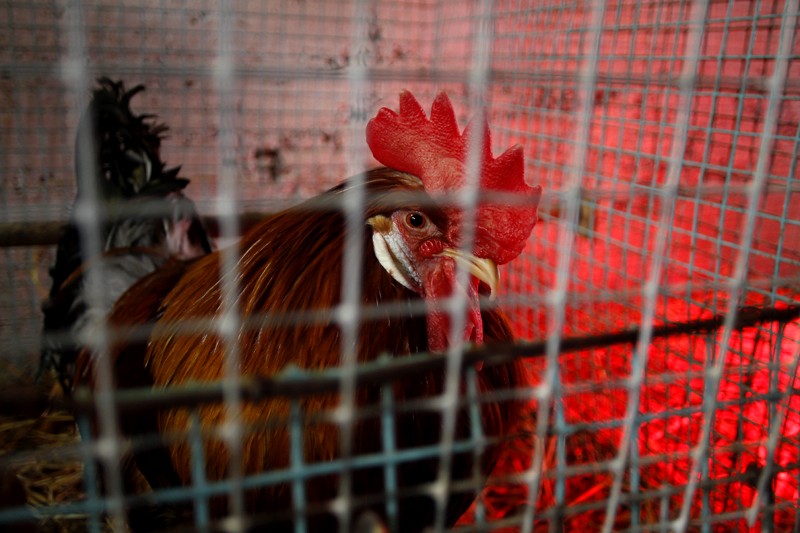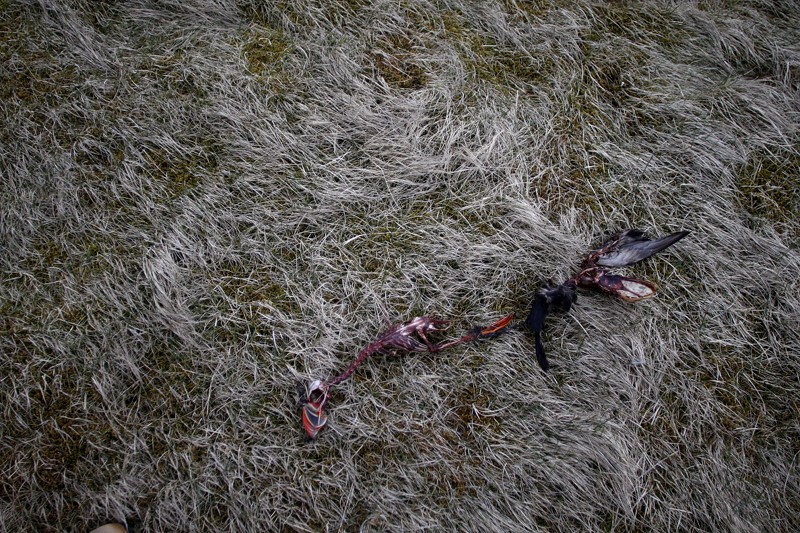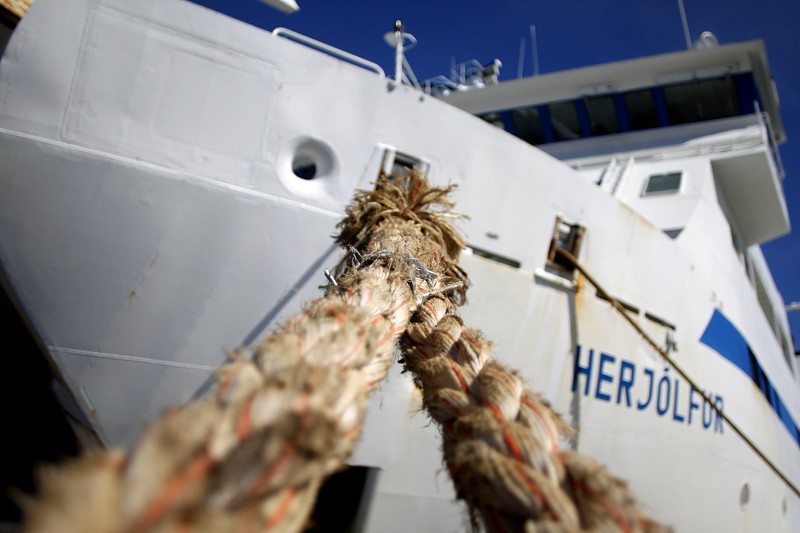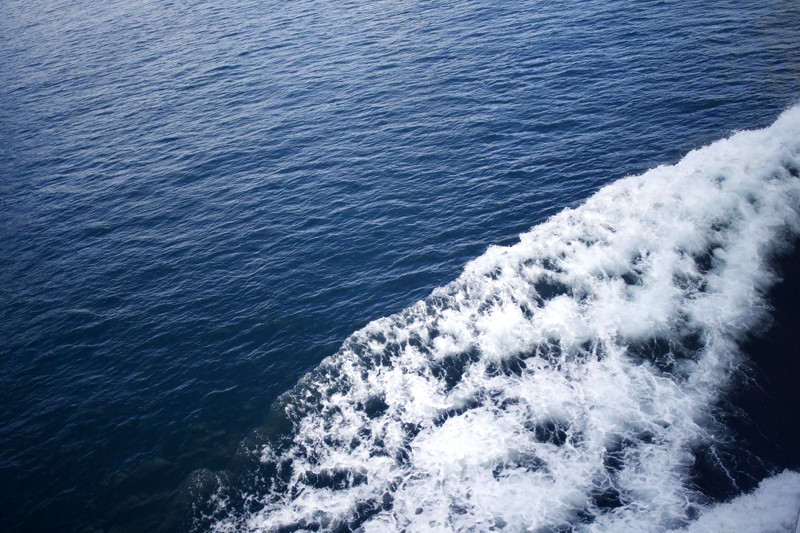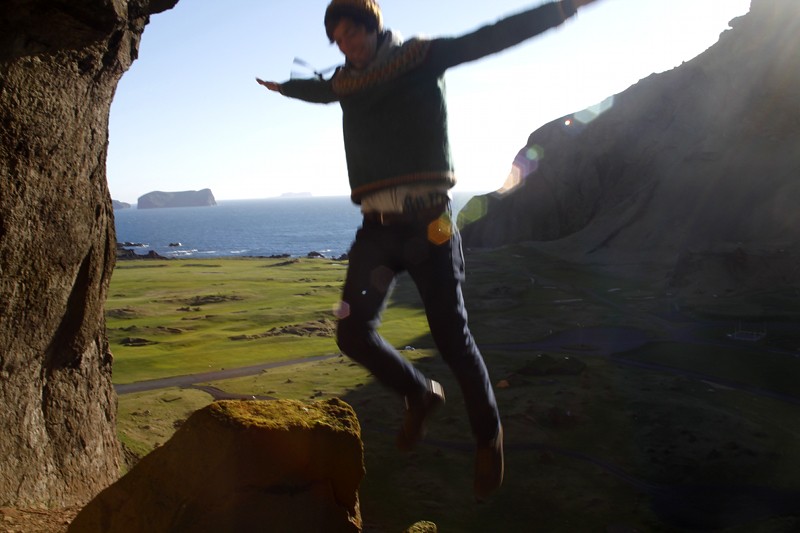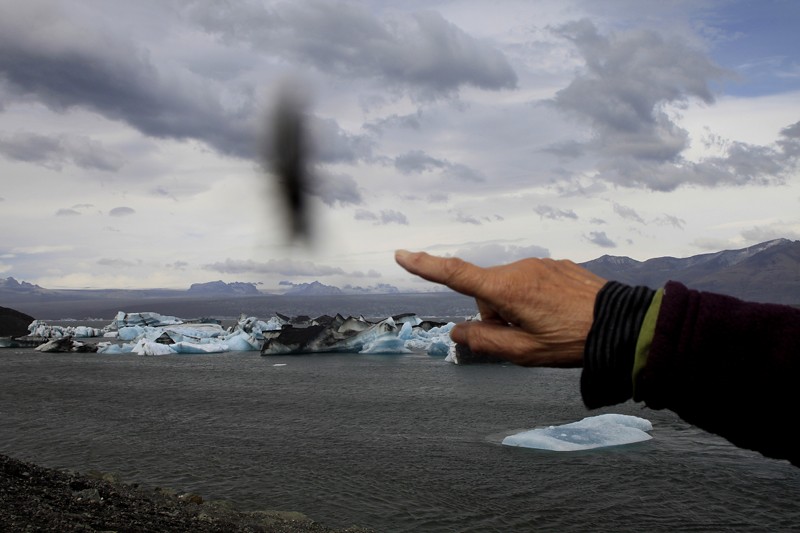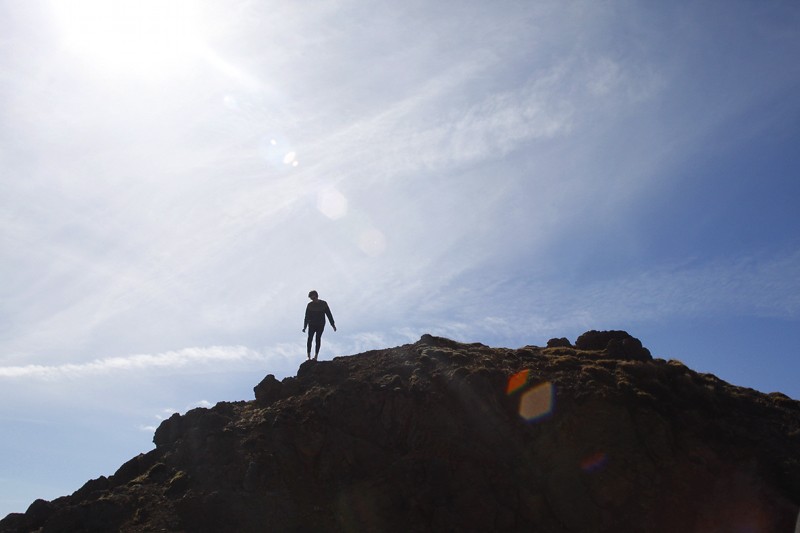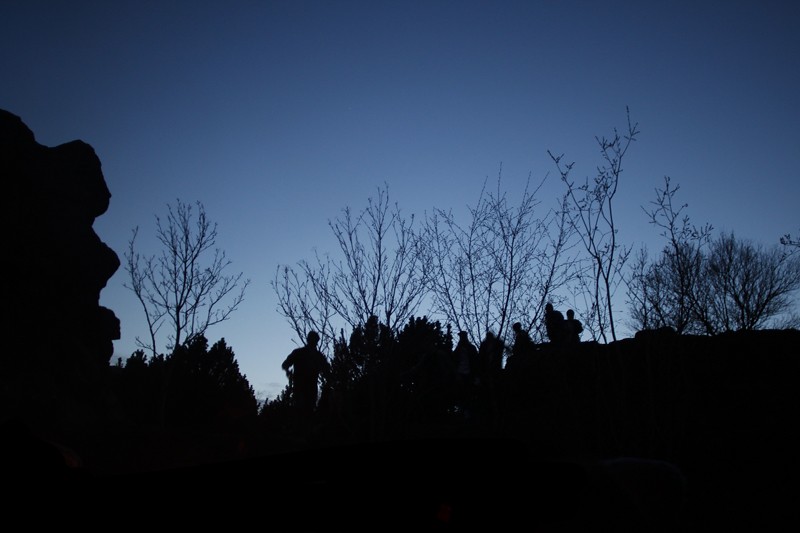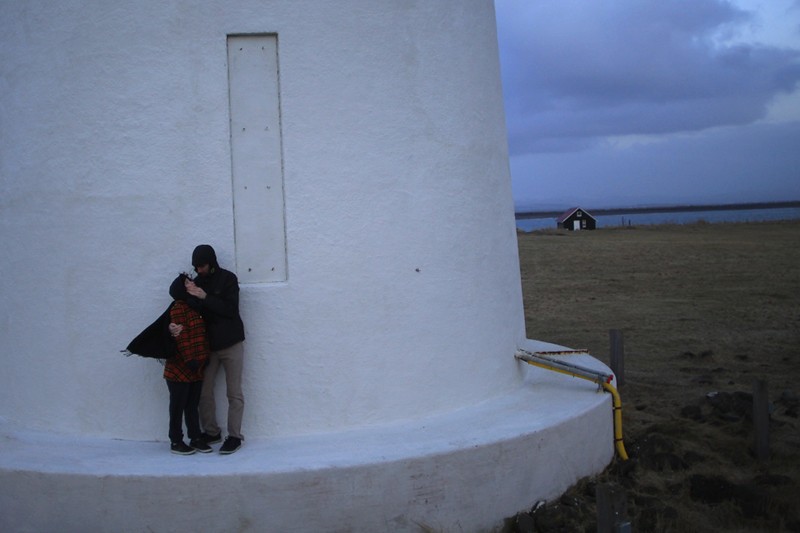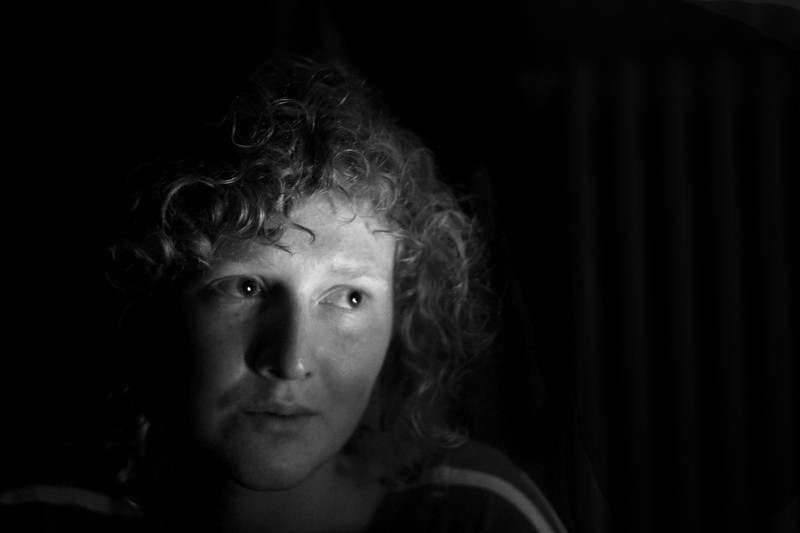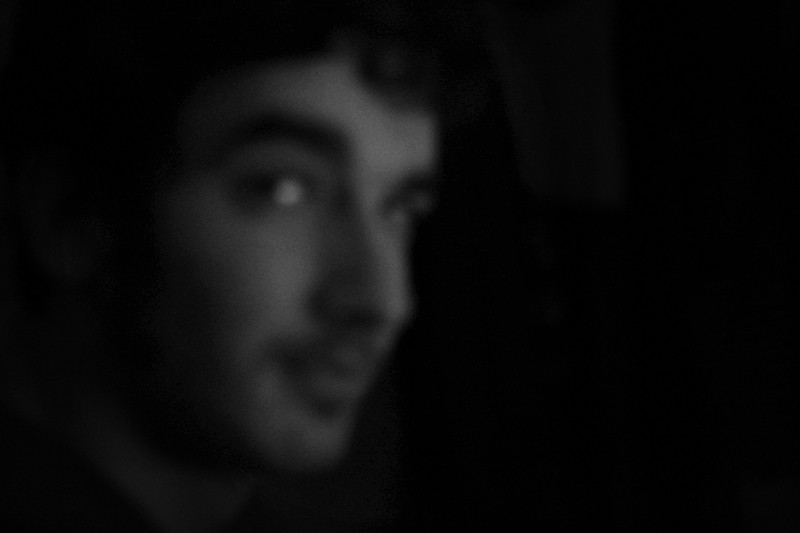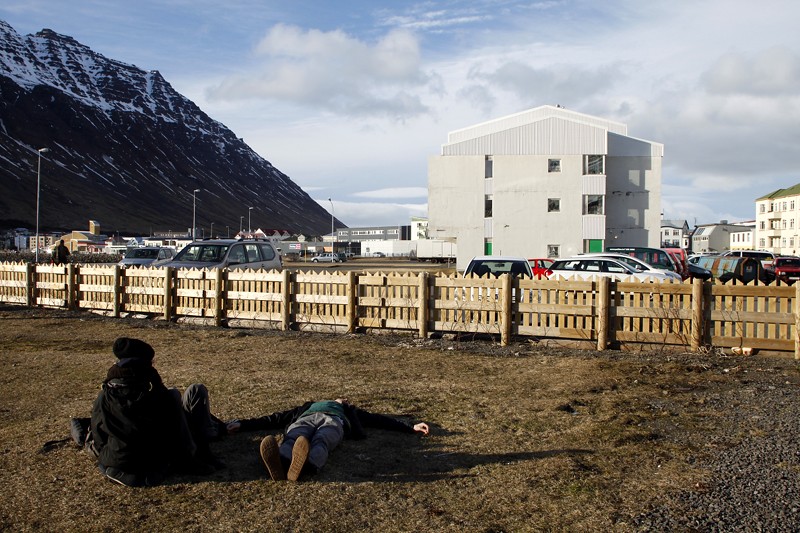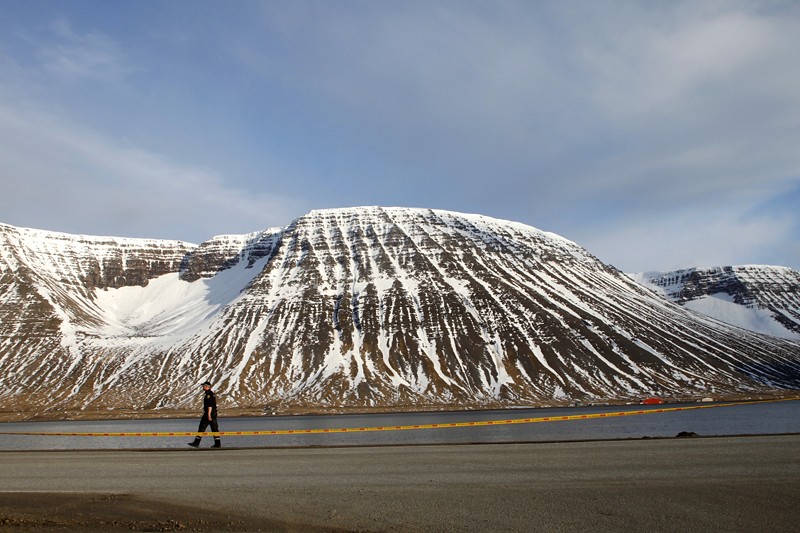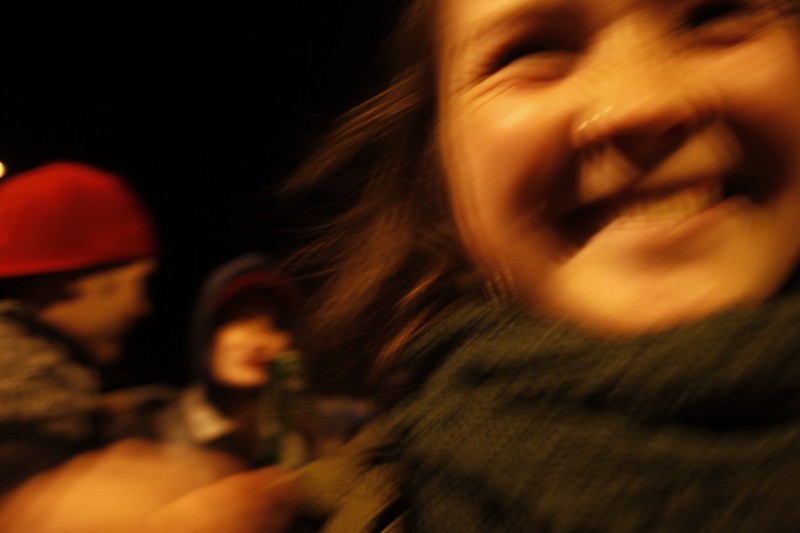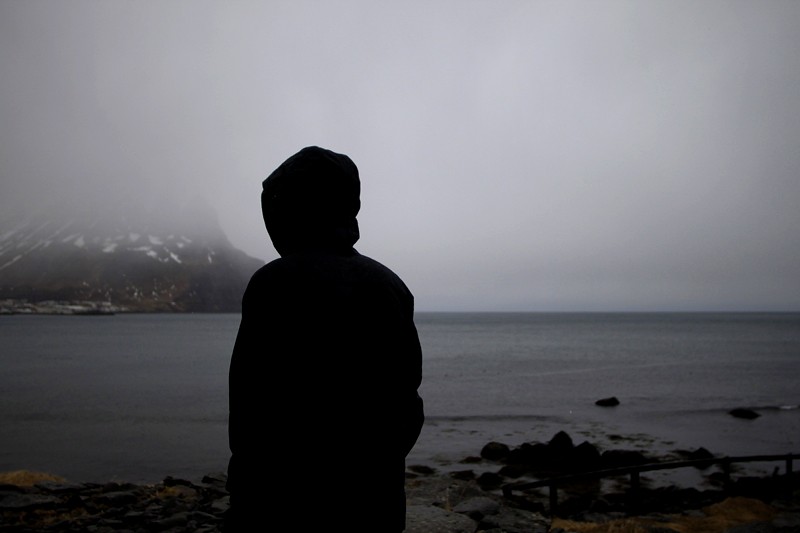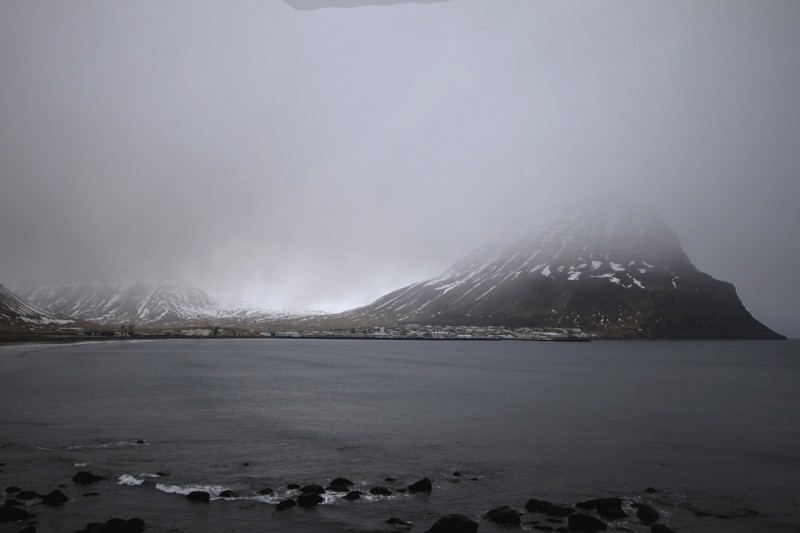
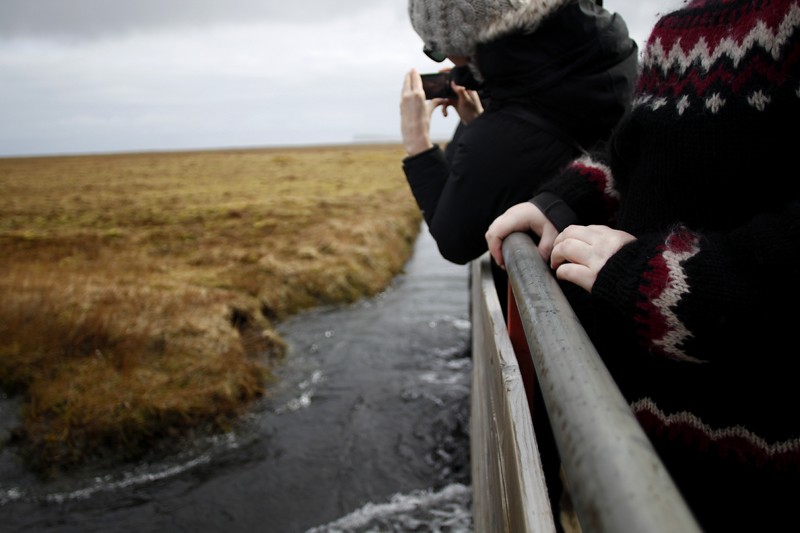

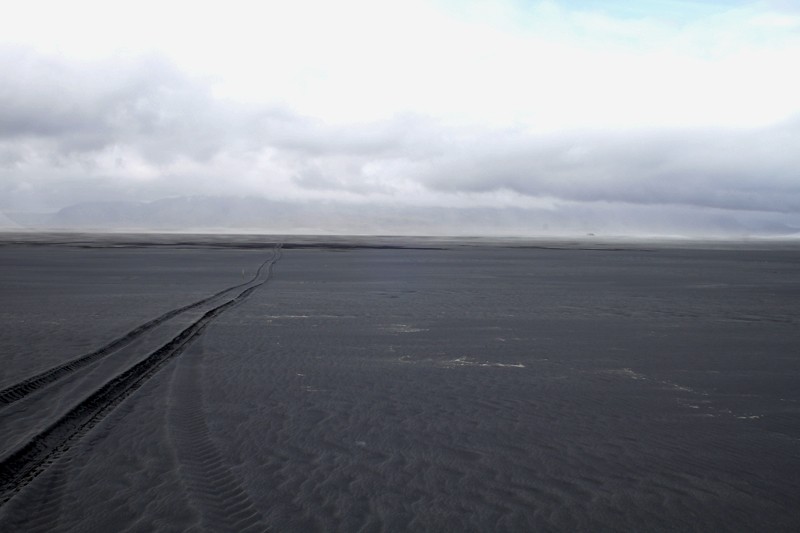
And a little bit of travel writing...
Into The Ocean
A tour of Cape Ingólfshöfði's history and wildlife
My gloveless hands clutched the cold metal railing of the tractor-drawn hay cart as we drove into the sea towards Ingólfshöfði, an isolated cape located south of the Vatnajökull glacier. From a distance, a vast ocean seemed to separate us from our destination. In reality, it was a thin layer of water that the tractor's burly tires easily traversed.
In late April, the six kilometre drive through a wet, black sand desert to Ingólfshöfði, though scenic, was a cold and bumpy one. The bumps, however, produced mostly giggles over grumbles from me and my travel mates. We could see Ingólfshöfði's silhouette in the distance, and its elusiveness kept us inquisitive and happy.
The only way to get to Ingólfshöfði is via amphibious vehicles or tractors (so don't try to drive there in your rental, even if it's a 4x4). For the past decade, Sigurður Bjarnason, a retired farmer of the area, and his family have been driving gaggles of tourists out to the cape daily during the summer using their nifty tractors. Due to Sigurður's increasing age, his son Einar has taken over most of the tours with his wife Matta.
Though I usually prefer traveling on my own to guided tours, I was pleasantly surprised by Einar's tour of Ingólfshöfði: he did not herd the group like cattle, nor did he make cheesy jokes that aimed to please the dull-brained masses. He provided information about the history and ecology of the cape in a relaxed, straightforward manner and came equipped with a monocular through which we could all gaze at seabirds. We spent about an hour and half on the cape and walked about 2-3 kilometres following the cliff ledge.
Before Einar mentioned it, I had no idea Ingólfshöfði was named after the first permanent settler in Iceland, Ingólfur Arnarson, who spent a few winters on the cape in the late 800s before moving to Reykjavík. When Ingólfur and brother-in-law Hjörleifur Hróðmarsson first saw land on their voyage from Norway, Ingólfur threw his high-seat pillars (a pair of wooden poles that symbolized the status of head of the household in Scandinavian houses) overboard and vowed to settle where the gods brought them to shore. It took three years for Ingólfur's slaves to find the pillars in the bay of what is now Reykjavík.
During the summer, thousands of nesting seabirds call Ingólfshöfði home, especially puffins and Great Skuas, which is one reason why many tourists travel to the cape on Einar's tours. Before heading out, Einar warned us that we might not see puffins this early in the season. In late April, only the males have come to shore to clean out their old nests, a burrow usually situated at the edge of a sharp precipice. After cleaning, the males line the newly excavated nests with a fresh layer of plants, feathers and seaweed. The females, who are courted and charmed (and impregnated) on the rough waters of the north Atlantic Ocean, come to land around mid-May, when they have to find their mate amongst a bustling colony of other puffin couples.
Puffins start breeding at around four to five years of age and remain with the same mate for life. These birds are the ideal of monogamy in the flesh; divorce rarely occurs, and when it does, it's usually because the pair failed to produce young after trying for several years. . Some of its neighbours on Ingólfshöfði, like the Great Skua, sabotage the puffin's romantic lifestyle by murdering its children. With a wingspan of up to 140 cm, Great Skuas are much larger than puffins and find their young quite tasty.
Known to fly at the head of humans or other intruders approaching its nest, the Great Skua is a feisty parent. While on Ingólfshöfði I felt as though they were watching me closely as I paraded around their home. (The puffin, however, remained oblivious to our presence until someone got too close.)
After climbing up a steep-ish sand dune, Einar guided the group along the cliffs of Ingólfshöfði that faced the open ocean. In the corner of my eye, I caught a glimpse of a silly little bird flapping its wings vigourously in an attempt to make it to the edge of the rock ledge. With its natural tuxedo and colourful beak, puffins are not that difficult to spot. Before plummeting down to the ocean below, the puffin remained still just long enough for all of us to get a closer look at him through the monocular, which my bird-crazy eyes enjoyed immensely.
On our way back to the tractor, I spotted the skeleton of a bird stripped bare to the bones lying in the grass, its bright orange and black beak giving away its identity. Despite their comical name and appearance, I was reminded while on Ingólfshöfði that puffins are real, live animals, susceptible to the grips of skuas, starvation and disease. Seeing them in their natural habitat, they became much more than the caricature tourism companies portray them to be. For this, I have a newfound respect for puffins; for tour guides, too, and their fancy monoculars.




